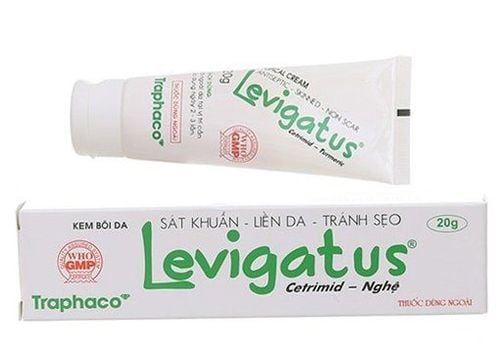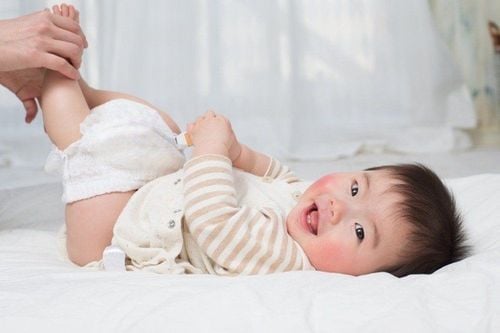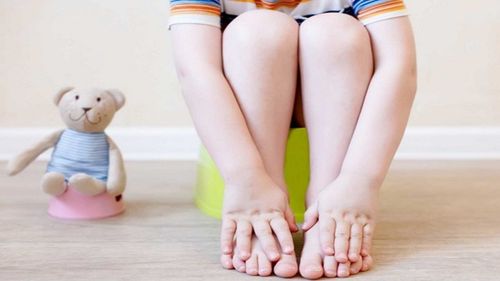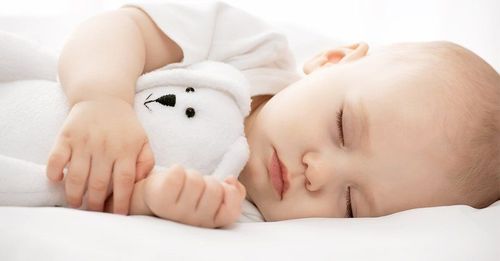This is an automatically translated article.
The article is professionally consulted by Master, Doctor Phan Ngoc Hai - Pediatrician - Neonatologist - Department of Pediatrics - Neonatal - Vinmec Danang International General Hospital.You've gone through pregnancy, labor and delivery, and now you're ready to go home and start a new life. However, when you get home, you may feel like you don't know what to do with your little one. The tips below can help you feel confident about caring for your newborn.
1. Changing diapers
Changing diapers is probably the scariest part of all baby care. The truth is that today's disposable diapers have become much more convenient and easier to use than the cloth diapers used in the past.Disposable diapers are sold everywhere and there are many different brands to choose from with a variety of prices, types and features. But the way to change diapers of all types is the same, so you can safely change diapers easily and conveniently.
1.1 Prepare enough diaper changing supplies The first step is to prepare. You gather your diaper changing supplies like clean diapers, wipes, ointments... whatever you need to change your baby's diaper. For safety reasons, you need to be fully prepared before changing your baby's diaper and should not leave the baby alone on the changing table due to the risk of falling. You should have one or more diapers ready to use right away.
1.2 Lay baby down Most parents should have a diaper changing table or separate area for changing diapers. If you have a diaper changing table, be sure to use a strap to secure your baby. Never leave your baby alone when changing diapers. Remove the old diaper from the top, but don't rush to pull it out from under the baby's bottom and keep it in place.
1.3 Grasp the feet Grasp the baby's ankles and gently lift from the bottom and start washing the bottom with the washcloth. If your baby's bottom is heavily soiled, you can use the front of an old diaper to remove some of your baby's waste first. When you're done with each wipe, gently place the dirty towel under your baby's diaper. When your baby's skin is clean, pull the diaper off and wipe it off from underneath and set it aside.
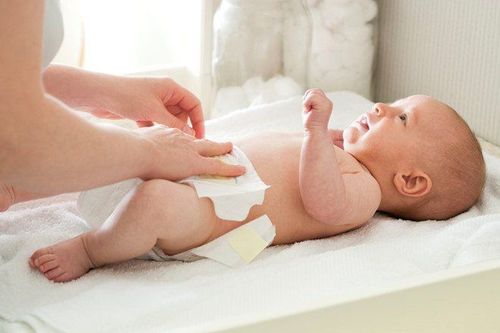
Thay tã không còn là nỗi đáng sợ của các bà mẹ bởi các loại tã được thiết kế rất tiện lợi
1.5 Clean Up After putting your baby's clothes back on, take the old diaper and use the adhesive points on it to roll and tighten the used diaper. Place used diapers in the diaper pail or trash can. A small experience is that you should put the disinfectant solution next to the diaper changing table or diaper changing location to use immediately after you have removed the dirty diaper. If you don't have one, ask someone else to babysit or put your baby down on a safe flat surface and wash your hands with soap.
If you don't change your baby's diaper regularly, he or she will develop diaper rash. To learn the symptoms of diaper rash in babies and how to handle and prevent them, you can read in detail in the article: Diaper rash in children: Causes, instructions for handling.
2. Baby bath
Bathing can be a wonderfully relaxing time for you and your baby. Here are some basics about baby bathing. Remember to talk to your baby while you are bathing, because babies love to interact in the bath, helping to stimulate brain development and make them feel more comfortable.2.1 Preparation Preparation is often the first step with anything you need to do with your baby. So, prepare the towels, washcloths, soaps or lotions that you plan to use on your baby.
It doesn't matter what kind of tub you are using, whether it is a regular bath, a baby bath or a baby bath, but you need to prepare clean water, the right amount and the right temperature, approx. 37.8 degrees C. One way to know if the temperature is just right, you should test the water with the inside of your wrist. Besides, the bathroom also needs to be warm and avoid drafts.
2.2 Undressing Talk to your baby as you undress. Keeping your baby close to you makes them feel safe. If your baby doesn't like to take off his clothes completely in the shower, try sponge baths for the first few weeks, and slowly undress him and wrap him in a towel and remove the towel only at the start of the bath.
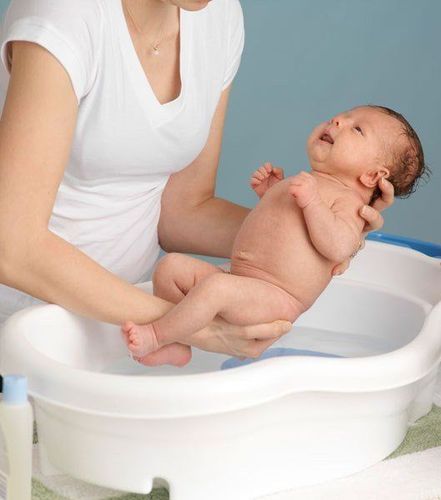
Thời gian tắm mẹ nên trò chuyện với con để con thấy thích thú hơn
2.4 Closing After your baby is bathed, wrap her in a clean, dry towel. Use a towel to dry your baby. If you want, you can use baby lotion after the bath, although most babies don't need it. Then put on clean diapers and baby clothes. When your baby is sleeping or someone else is watching, you'll have time to tidy up the tub.
See more: Note when bathing a newborn baby who has not yet shed the umbilical cord
3. Breastfeeding
Using breastfeeding time to make eye contact and hold your baby are great ways to increase parent-child bonding.You can choose any position you want, whether it is sitting or lying. This position should be the best feeding position for your baby and the most comfortable for you. This can vary with your baby's age, your comfort level, and even the time of day. Many mothers choose to sit up straight and hold their babies to breastfeed. This allows you to hold your baby with one hand and use the other hand to support your baby to suck or move the breast.
No matter which position you decide on, placing a pillow under your back to help you when picking up your baby will reduce strain on your neck and back. You can refer to some suitable breastfeeding positions for babies in the article The right breastfeeding positions so that your baby can eat most effectively and feel the most comfortable for both mother and baby.

Mẹ nên chọn tư thế bú thoải mái nhất cho cả mẹ và bé
4. How should babies sleep?
During the first weeks of life, some parents will let their babies sleep in the same room as their parents. Babies will sleep in a crib or bassinet. This keeps the baby close to the parent so that the parent can feed, comfort, and monitor the baby at night. The American Academy of Pediatrics (AAP) recommends sharing a room with your child, but not sharing a bed with you.While it's safe to share a room, putting your baby to bed with you is not. Sharing a bed increases the risk of sudden infant death syndrome (SIDS) and other sleep-related deaths.
Follow these guidelines to create a safe sleeping environment for your baby:
Always put your baby to sleep on his or her back, not on his stomach or side. This will help reduce the risk of SIDS; Use a sturdy bassinet, bed, or crib; Do not put anything in the crib or bassinet while the baby is sleeping; Avoid overheating. Wear cool clothes for babies. Watch for signs of overheating, such as sweating or feeling hot to the touch of your baby's skin; Keep your baby away from smokers. Passive smoking increases the risk of SIDS; Put your baby to sleep with a pacifier. But if your baby refuses the pacifier, don't force it. If the pacifier falls out during sleep, you also don't need to put the pacifier in your baby's mouth.

Luôn đặt bé nằm ngửa khi ngủ tránh hội chứng đột tử ở trẻ sơ sinh
In order to prevent diseases that young children are susceptible to, parents should pay attention to a diet to improve children's resistance. At the same time, add supporting foods containing lysine, essential micro-minerals and vitamins such as zinc, chromium, selenium, B vitamins,... snacks and less digestive problems.
Parents can learn more:
Why do you need to supplement Lysine for your baby?
The role of zinc - Guidelines for reasonable zinc supplementation
Please visit the website Vinmec.com regularly and update useful information to take care of your baby and family.
References: verywellfamily.com, kidshealth.org, babycenter.com






